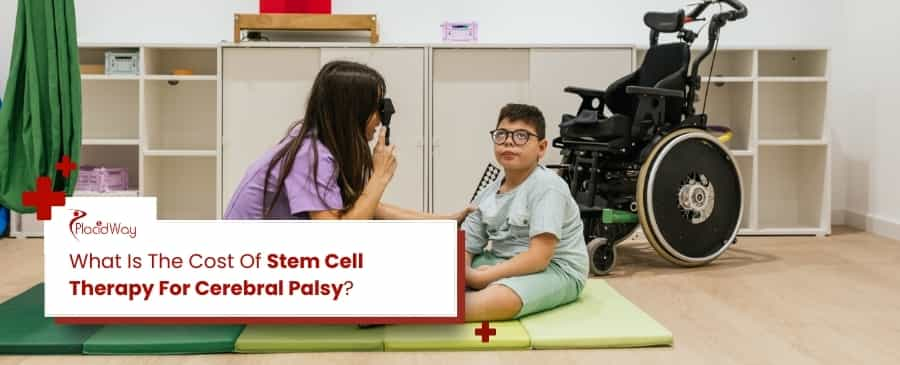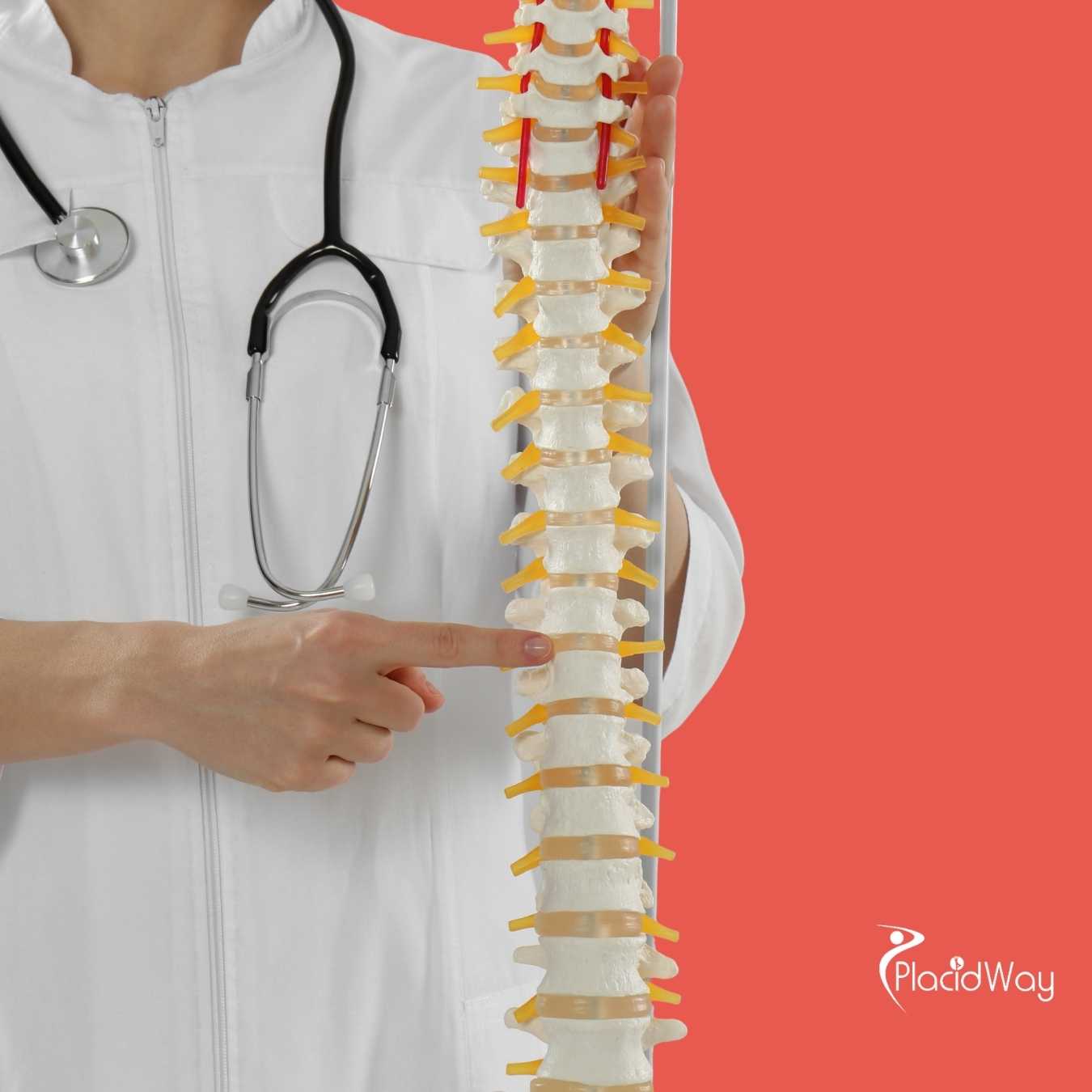Understanding Stem Cell Therapy for Cerebral Palsy

The journey to finding the right treatment path can feel overwhelming, with so much information to sift through. This blog post aims to simplify that by breaking down the various aspects that contribute to the overall price of stem cell therapy. We'll look at what influences the cost, what's typically included, and potential ways to manage the expenses. Our goal is to provide you with clear, human-centered information, helping you navigate the complexities of this innovative treatment without feeling lost or confused. Let's delve into the specifics of what you can expect when considering stem cell therapy for cerebral palsy.
What Factors Influence the Cost of Stem Cell Therapy for Cerebral Palsy?
One of the most significant factors is the clinic's geographical location. Treatment centers in countries with lower operating costs, such as some in Asia, Latin America, or Eastern Europe, often offer more affordable rates compared to clinics in Western countries like the United States or Western Europe.
Is Stem Cell Therapy for Cerebral Palsy Covered by Insurance?
This is a question many families understandably ask, and the answer, unfortunately, is often not what they hope for. In the vast majority of cases, health insurance providers, whether private or public, do not cover the cost of stem cell therapy for cerebral palsy.
The primary reason for this lack of coverage is that, in many regions and for many conditions, stem cell therapy is still classified as experimental or investigational. Regulatory bodies, like the FDA in the United States, have not yet granted widespread approval for stem cell therapy as a standard treatment for cerebral palsy.
How Many Stem Cell Therapy Sessions Are Typically Needed for Cerebral Palsy, and What is the Cumulative Cost?
Consider the following scenario for a better understanding of the cumulative cost:
| Treatment Phase | Estimated Cost Per Session | Number of Sessions | Total for Phase |
|---|---|---|---|
| Initial Comprehensive Treatment | $20,000 - $40,000 | 1 | $20,000 - $40,000 |
| Follow-up Infusions (Year 1) | $10,000 - $20,000 | 2-3 | $20,000 - $60,000 |
| Annual Maintenance (subsequent years) | $8,000 - $15,000 | 1 | $8,000 - $15,000 (per year) |
Navigating these financial pathways requires persistence and thorough planning. It’s advisable to start exploring these options early in the process of considering stem cell therapy for cerebral palsy to ensure you have a clear financial strategy in place.
Navigating complex medical treatments like stem cell therapy for cerebral palsy can be challenging. For personalized guidance on global treatment options, transparent pricing, and trusted clinics, explore how PlacidWay can connect you with the right healthcare solutions tailored to your needs.


.png)









Share this listing